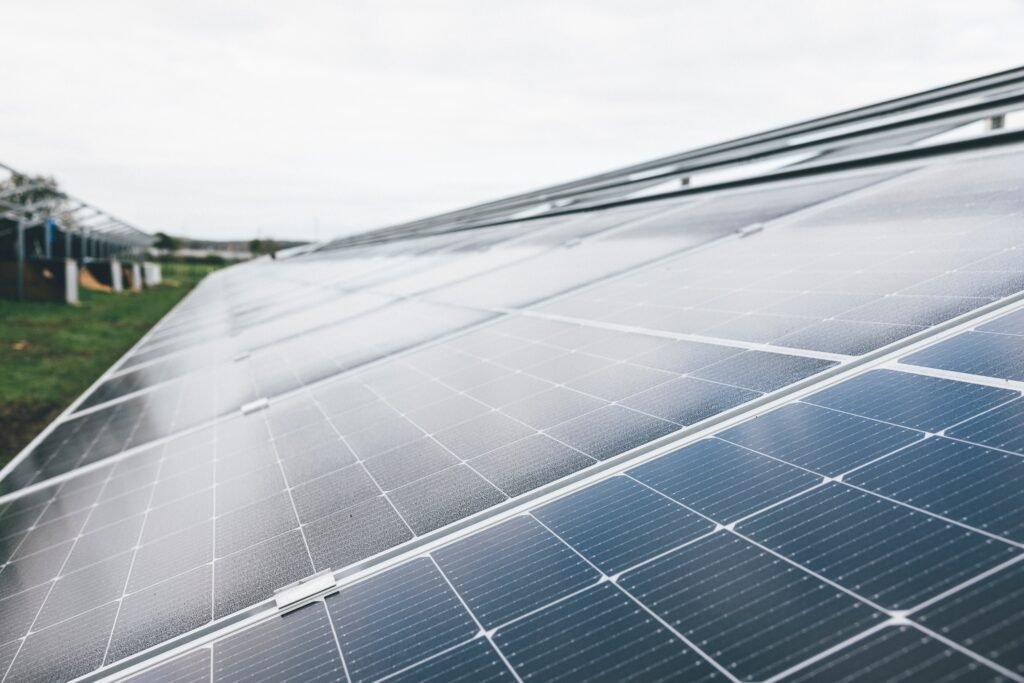There is no doubt that climate change is one of the biggest challenges nowadays. In the past 150 years, the concentration of greenhouse gasses in the atmosphere has risen dramatically, especially methane, carbon dioxide, and nitrous oxide. These gasses accelerate climate change as they trap heat in the atmosphere by warming the earth’s average temperature. Voluntary technological policy measures are not sufficient to stabilize greenhouse gas levels. Strongly restrictive regulatory policies are needed to reduce emissions and promote technological innovation.
Economies and societies have to transform to net zero emissions to limit global warming to 1.5 degrees Celsius above pre-industrial levels. The world economy needs to shift rapidly into a low-carbon economy to prevent the most damaging impacts of climate change and create a safer future. According to the Intergovernmental Panel on Climate Change (IPCC) assessment, greenhouse gas emissions must be the highest by 2025 and drop rapidly if a further warning to 1.5C above pre-industrial levels is to be limited.
Scaling up existing clean energy solutions
Innovation has already been instrumental in creating clean and cheap energy solutions like solar and wind power. To take advantage of these sources of clean energy, they have to be scaled up to be more efficient. Artificial Intelligence (AI) and 3D printing will play a crucial role. AI models have been used to optimize the shape of wind turbine blades and predict wind-energy production to manage fluctuations in demand and supply. At that time, 3D printing allowed manufacturers to produce lighter solar panels with larger surface areas by boosting efficiency and lowering the solar power cost.
Developing new ways to make and store clean energy
To reach net zero, it needs emerging technologies and solutions which are widely available and affordable. If intermittent renewables like solar and wind are good to displace significant greenhouse gas emissions, better energy storage solutions are crucial. While recent battery technology advances are encouraging, it is required to develop lighter and safer batteries that do not rely on rare materials. While finding new ways to store energy, it is needed to tap into new sources of energy like nuclear fusion which is considered the ‘holy grail’ of energy research with the aim to provide a limitless source of sustainable, safe, and efficient energy source.
Reversing historical emissions to avert the climate crisis
Deliberately pulling greenhouse gasses out of the environment will be a crucial tool for counterbalancing historical emissions and off-setting emissions from slower-to-transition industries even with ambitious energy transition efforts. Carbon dioxide removal (CDR) encapsulates a large array of approaches to capture CO2 directly from the environment and keep it in man-made or natural reservoirs to create negative emissions.
Carbon Capture

Net Zero Teesside aims to sequester carbon emissions under the sea
At first, the rising average temperature of the Earth is blamed by scientists on man-made emissions of greenhouse gasses. Carbon dioxide (CO2) is the most significant greenhouse gas in which its concentrations increased by nearly 50% since the industrial revolution began. Innovations such as carbon capture, storage technologies, and utilization with the Net Zero Teesside (NZT) to reduce CO2 emissions.

Carbon captured by Net Zero Teeside will be buried beneath the North Sea
NZT aims to capture CO2 emitted in power plants and industrial processes and transport these emissions by pipeline to offshore storage sites which are several kilometers under the North Sea. Stored in secure areas deep under the sea, this carbon would no longer affect the greenhouse emission and it could even be synthesized into new forms of fuels for transportation in the future. The project aimed to reduce carbon emissions to zero for carbon-intensive industries in the North East by as early as 2030.
Climate repair

Refreezing the poles has been suggested as a climate repair tactic
The Center for Climate Repair at the University of Cambridge is investigating to repair of the damage made by human pollution. Refreezing the poles by brightening the clouds by spraying tiny drops of salt into the sky is one of the ideas to assist the clouds in reflecting radiation back into space. Another suggestion is greening the oceans by fertilizing them to encourage the growth of plants and absorb more CO2.
Household energy efficiency

Household energy savings can rapidly scale across the country
Reducing energy consumption is the single-most effective technological solution to climate change and making homes more energy efficient is one of the best methods. Energy savings through different innovative designs for household goods have the potential to scale and impact energy consumption significantly across the course of a year for a household. That can even be more significant across all households in a country.
Financing needed
Policy and regulations made for an innovation agenda and additional risk reduction are required to attract more private investment. In particular, developing economies need significant support for capacity building, financing, and technology transfer to build a low-carbon future. The transformation will be disrupted with no doubt. Government measures must make sure that transitions are equitable, especially for industries and workers tied to a carbon-intensive future at present. COVID-19 recovery presents an opportunity to restructure the current systems and advance solutions for the future- rather than looking into the fossil-fuel-intensive past.
Technology and innovation play a critical role in addressing the challenges of global climate change. Policies must strongly support regulations to leverage market forces in this process. By increasing subsidies on goods and services, greenhouse gas emissions can be reduced and balanced with costs tied to such emissions which are needed to secure a transition towards a decarbonized economy. Since climate change is a global issue affecting every country, it has to be solved in a collective way by combining different methods from countries across the world.

References
https://www.bbvaopenmind.com/en/articles/innovation-and-climate-change/
https://www.ericsson.com/en/blog/2021/10/technological-innovation-climate-change

